How do you reconcile pounding on hitting sales quotas and, at the same time building deep relationships with customers?
We all know that quota behavior is substantially different than relationship behavior.
Hitting a quota is very much a hard-hitting transaction activity where the salesperson looks to push solutions at the customer in rapid-fire hoping to maximize sales over the short term.
Building a deep relationship with a client, on the other hand, is a more time consuming and “gentle” approach that requires a continuous focused effort on the customer over a longer period of time.
I wanted it all
As president of a data and internet organization, I wanted both.
I wanted to hit my annual sales targets so my salespeople made their annual bonus and I wanted to build trust and respect with our customers to build their loyalty over the long term to build a strong competitive position for the company.
My reasoning was that if we were successful in enhancing loyalty, successive 12-month plans should be easier to achieve.
Short term versus long term; the classic sales battle, and the most bitter.
So what’s more important?
The truth is, neither is more important; each perspective is critical to achieving company goals; short term and long term activity must symbiotically coexist.
Put all your eggs in the relationship basket and 12-month financial performance could be jeopardized; pour all of your attention into achieving quota and the capability to earn longer-term revenue streams is at serious risk.
There’s no science or magic formula that I discovered to determine the “right” solution other than to try different approaches until a balance is achieved between short and long-term sales activities that “worked” (my measures were to both achieve annual targets and improve customer retention at the same time).
Here’s the process I used; it delivered consistent sales results for the organization.
Long-term context
The first step is to create a long-term strategic context within which sales must deliver.
I measured sales performance on how effective they could deliver results for my overall organization in the long term — for me the long term was 24 months out.
In my experience, markets change so quickly that it’s unreasonable to create an achievable plan beyond a 2-year time horizon.
So the 24-month plan for my data and internet organization became the context for developing the sales plan, which had to deliver revenues that met the overall financial expectations — as directed by the CEO — of my organization.
This meant that sales quotas were determined top-down rather than bottoms-up which, of course, was a challenge because there always was a gap between what my organization was asked by the CFO to produce and the more conservative view of what the sales team said they could deliver.
In addition, the top-down approach provided the opportunity to include not only product sales objectives but also objectives regarding customer churn and retention.
It was with this action we tried to moderate our views between quota attainment and client retention.
In my experience, setting sales quotas without a long-term view breeds dysfunctional behavior and short-term attention always wins the battle.
Sales targets
Annual sales targets were then developed from the 24-month revenue expectations of my overall organization.
We tried to be as detailed and granular as we could in terms of identifying the source of revenue. Typical revenue “buckets” included geographic segments, product applications, specific customers, customer retention, and new customer acquisition.
The more detailed we were in the revenue segmentation process, the better we were able to focus sales execution and achieve the results we expected.
Rather than a 2-year sales plan, we developed 24 monthly plans. Even though they are mathematically equivalent, they are completely different in terms of how one thinks about execution.
The whole idea was to make each day one with an extreme sense of urgency, and if you viewed your sales activity schedule as having 30 days (give or take) then you would more than likely be motivated to get going as opposed to thinking you had the rest of the year to deliver.
This “hockey stick” mentality — “We have 8 months left to get back on track” — is deadly; it kills the ability to consistently deliver impressive sales results.
There was no question in my mind that this way of thinking about the sales cycle worked.
The talk among the sales team was what ACTION was necessary to meet their 30-day plan. It was awesome to witness!
Compensation
In sales, performance and compensation planning is critical to delivering the results expected.
If the sales plan — based on the longer term context of the organization — does not contain measurable objectives on such elements as client retention vs new sales, then you will not get the required behavior to deliver the short and long-term balance expected.
This is where many organizations fall short. They don’t define the specific line of sight required between quota and behavior.
If you want a balance between flogging products and building relationships, you must articulate specific objectives in each salesperson’s performance plan and pay them — or not — on what they deliver.
To measure relationship-building capabilities, I introduced what I called the Customer Report Card which gave the customer a voice in rating individual salespeople on how effectively they displayed the behaviors necessary to listen, build trust, problem solve and be responsive.
Results tracking and dissection
If you have a monthly plan, you need to track results at least every 30 days.
If it’s possible to track daily or weekly, do it. We had a systems capability that allowed us to track results weekly; it was like having a real-time window on sales activity in the field.
Dissect your results in as much granularity as you can. The more detail you have on the results produced the better off you are in understanding what’s working and what’s not as well as gaining insights on what needs to be done to improve.
Furthermore, the ability to look at your achievements through a microscope will enable you to keep pace with changes occurring in the marketplace.
If you don’t keep the plan in your face constantly with rigorous detail, you can’t assess whether or not the delicate balance between the short and the long-term is being lived by the sales organization.
Corrective action
Nothing ever goes the way you expect it will so if you’re not prepared to take corrective action when you see the results you’ve achieved vs the plan, you’re in trouble.
We were able to track, dissect and respond to unfavorable variances in our plan in almost real time. This was critical to not only accommodating the unexpected, it also allowed us to keep short and long-term in check.
Sales should never be left to their own devices to decide how to balance short and long-term interests.
They can’t do it; their natural instinct is to get out there and sell stuff.
They must be guided by a process that enables them to do the right thing.
Sales leaders must take responsibility to provide the necessary guidance.



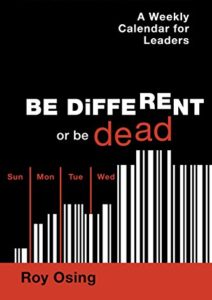
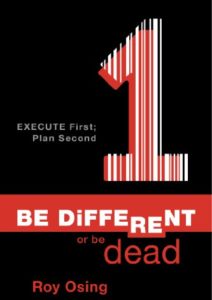
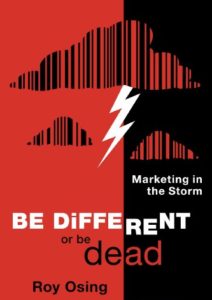

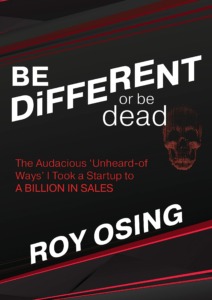
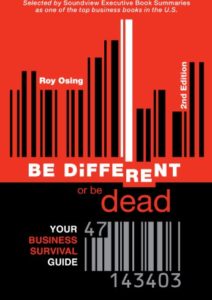









Comments